|  DSH 560A O0 T* D3 t$ ]3 ~" Z2 b DSH 560A O0 T* D3 t$ ]3 ~" Z2 b
5 ^5 q- ]" {8 K$ X" Y3 A; @! [
| Temperature limits of optoelectronic devices used for separation- ~3 E8 [9 y0 ^( @4 S* T
| 1.5.2, 4.5.1, 5.3
! F, P7 F/ q: n% q2 |; [ | 60950-1(ed.1)' x( Z8 M1 O S7 k) q$ K# ]
|
+ F1 d/ L4 U3 sQuestion: During the tests of subclause 4.5.1 and 5.3, the temperatures of critical components shall be evaluated and shall be compared to their limiting values. For certain materials and components, the standard provides detailed instructions (e.g. in Table 4B, Table B.1, Table C.1) and for others only general compliance statements are provided (e.g. Note 3 of Table 4B part 2, subclause 5.3.8). Optocouplers are often located in proximity to heat sources (e.g. transformers). The reliability of the materials used as insulator can degrade if thermally overstressed. IEC 60950-1 does not provide limit values for opto- couplers, nor does Annex P provide a reference to relevant component standards. a: What are the limit values for optocouplers during normal operation of the EUT? b: What are the limit values for optocouplers during fault operation of the EUT? Decision: Temperature ratings as shown on the corresponding component certificate ( refer to “Explanatory Notes” below for the relevant component standards) shall be taken as limit values. For optocouplers bridging safety isolation, the maximum temperature Ts shall not be exceeded during normal operation. Additional information from IEC TC 108: The requirements for optocouplers during fault testing are considered adequately covered by subclauses 5.3.9.1 and 5.3.9.2 of the standard. There was no intention by TC108/MT2 that temperature measurements be applied to optocouplers during fault testing. TC108 does not support placing a minimum limit for Ts, such as the proposed 100 °C, on optocouplers for either normal or fault operation. 5 f, \ b8 `! j0 h
| 


 窥视卡
窥视卡 雷达卡
雷达卡 发表于 2012-11-6 14:32
发表于 2012-11-6 14:32
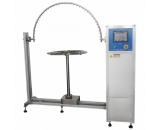

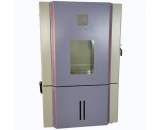

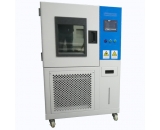

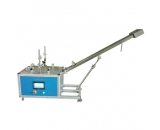

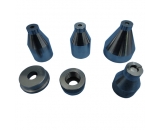






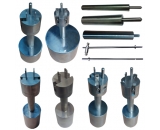
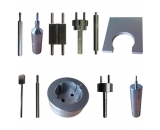
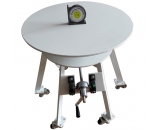
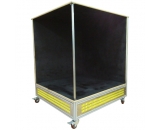

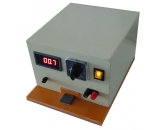
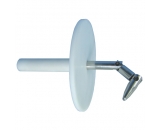
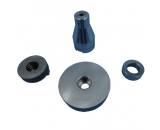
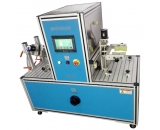
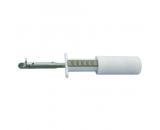
 提升卡
提升卡 置顶卡
置顶卡 沉默卡
沉默卡 喧嚣卡
喧嚣卡 变色卡
变色卡 抢沙发
抢沙发 千斤顶
千斤顶 显身卡
显身卡













